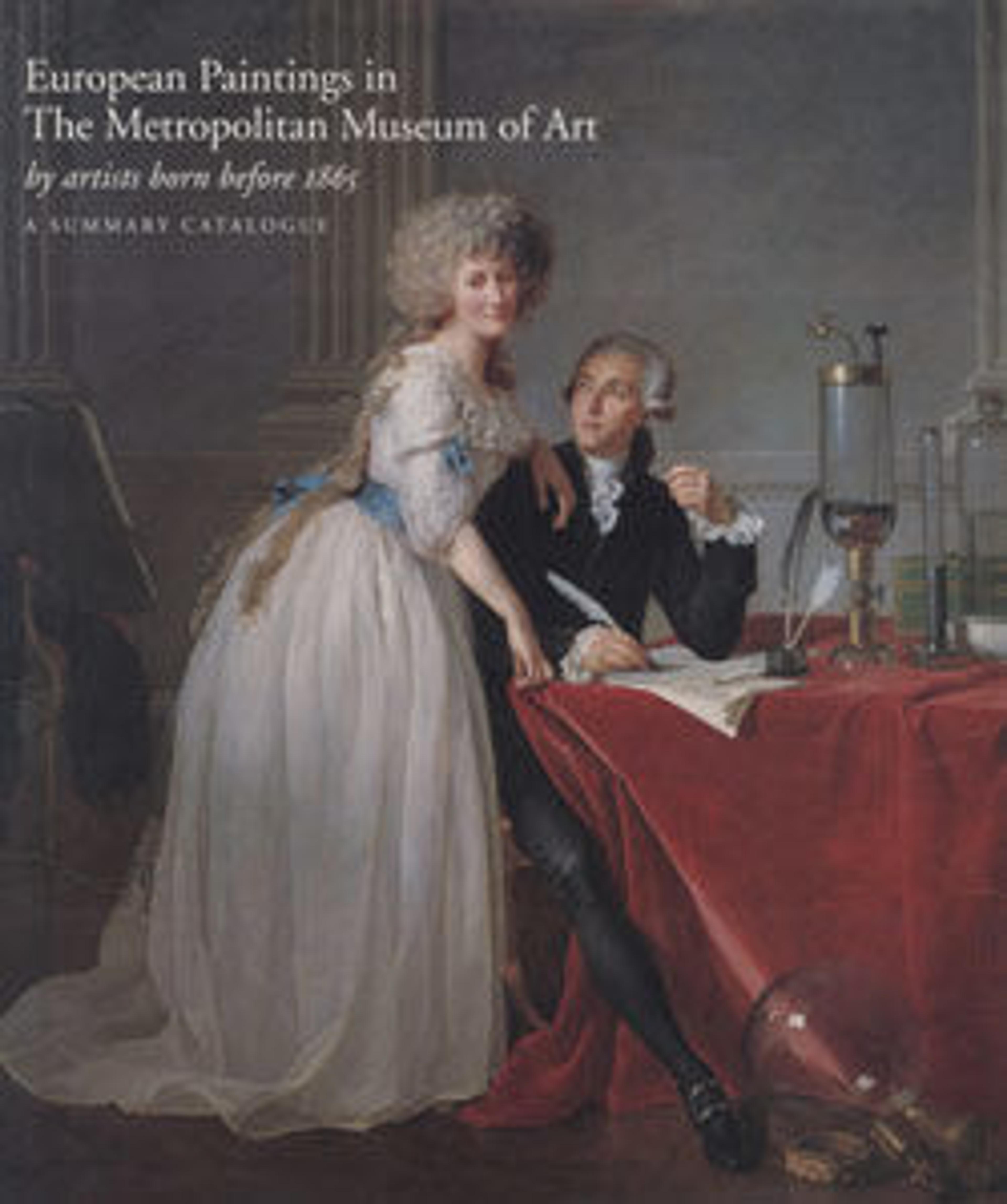Head of an Old Woman Looking to Lower Right (Saint Elizabeth)
Barocci was among the pioneers of the oil sketch in Italy. This dazzling full-scale study in color was preparatory for the figure of Saint Elizabeth in his famous Visitation altarpiece in the Church of Santa Maria in Vallicella or "Chiesa Nuova," Rome, painted between 1584 and 1586. In the final work, the saint's head would become more idealized and serene of feature, and the technique of execution much less sketchy. Barocci was an indefatigable and stunningly fluent draftsman. For the Visitation altarpiece, he prepared also a great number of small-scale composition sketches and detailed figure studies based on the live model, as well as an imposing cartoon (full-scale drawing) in charcoal (now in the Uffizi, Florence inv. 1784 E). Together with an oil sketch for the head of Saint Joseph (New York, Private collection: see Di Giampaolo 2008) the Museum's sheet was a step of refinement in the design process beyond the cartoon.
Artwork Details
- Title: Head of an Old Woman Looking to Lower Right (Saint Elizabeth)
- Artist: Federico Barocci (Italian, Urbino ca. 1535–1612 Urbino)
- Date: 1584–86
- Medium: Brush and oil paint
- Dimensions: 15 3/8 x 10 13/16in. (39.1 x 27.5cm)
- Classification: Drawings
- Credit Line: Harry G. Sperling Fund, 1976
- Object Number: 1976.87.2
- Curatorial Department: Drawings and Prints
More Artwork
Research Resources
The Met provides unparalleled resources for research and welcomes an international community of students and scholars. The Met's Open Access API is where creators and researchers can connect to the The Met collection. Open Access data and public domain images are available for unrestricted commercial and noncommercial use without permission or fee.
To request images under copyright and other restrictions, please use this Image Request form.
Feedback
We continue to research and examine historical and cultural context for objects in The Met collection. If you have comments or questions about this object record, please contact us using the form below. The Museum looks forward to receiving your comments.
